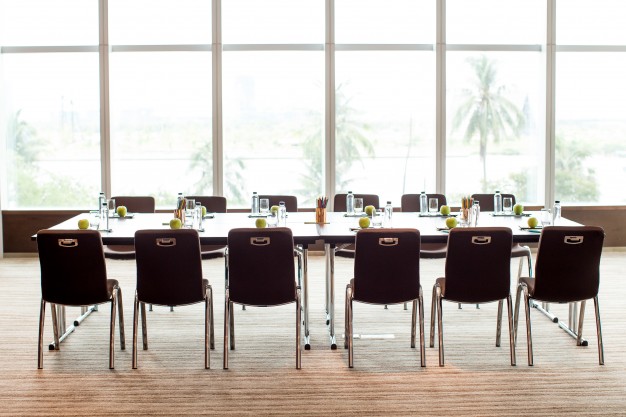It happens more than we would like in facilitation. A staff team or a board of directors set a strategic planning session and then, for valid reasons, many key members cannot attend. I recently facilitated two strategic planning sessions for one non-profit organization in which this happened. What did I as a facilitator and the participants do to help the absent members understand and affirm the decisions made at the first session or feel comfortable to revise them? What did we do to help the participants that attended the first session feel that their work was honoured and, at the same time, willingly consider changes to it?
Session 1 – full-day: Nine members of a Board of Directors and Senior Management attended the first strategic planning session, with seven absentee members. We used the Strategic Planning Process from Technology of Participation (ToP) and developed five-year goals, affirmed strongly by all participants; identified the challenges that needed to be dealt with to achieve the goals; identified the strengths of the organization to use to achieve the goals; and developed initial five-year strategies. Participants left feeling energized and part of a dynamic team. One board member said, “I am amazed at how much we accomplished and with such unity in such a short time.”
Session 2 – half day: The second session with the same organization was held three weeks later. Of the participants, seven were at Session 1 and seven were not. The purpose was to affirm the goals, challenges, strengths and then finalize the strategies and develop a one-year Action Plan.
What happened? We had a candid and positive discussion about the work from the first session with all participants openly talking about what they agreed with and what they thought should change. Those that had made the decisions at the first session listened carefully and openly to the feedback from the absentee members. The latter asked questions and listened thoughtfully to the explanations. The group affirmed most of the decisions; only changing words on a few.
Why did the second session go so smoothly? Most of it was due to an intentional process to involve the absentee participants. We used the following steps which you can adapt to a similar situation.
Ask the participants: At the first session, I asked the participants to identify who needs to be involved in future sessions and how to best contact them and who should contact them.
Contact the absent participants and explain the discussions and decisions from the first session.
Send a session report and ask them to review and think about the decisions.
Send a worksheet with review questions. I use the ORID Conversation Method (ToP) to structure to questions. Examples are:
What questions of clarification do you have?
What stands out, caught your attention?
What are you pleased about?
What are you concerned about?
What do you agree with?
What do you think needs to change?
Open the second session with a conversation to involve all participants equally:
- What stood out in the report from the first session?
- What do you like when you read it, either for the first time or as a participant in creating it?
- What concerned you?
- What do you affirm?
- What needs to change?
Encourage all participants to see the role of the members absent from the first session as providing “second thoughts” about the decisions.
Take time to fully discuss the decisions from the first session. In our second session, participants talked about the decisions for 2 ½ hours; an hour longer than I expected. However, the time spent was worthwhile. The participants were extremely happy about the goals and strategies, and were united, excited and optimistic. They quickly created a one-year Action Plan in one hour; due to the consensus around the long-term plan.
Involving and gaining approval from absentee team and board members in decisions is possible! Design this aspect of facilitation as carefully as you design the original workshop. Participants and you will feel happy and successful!


